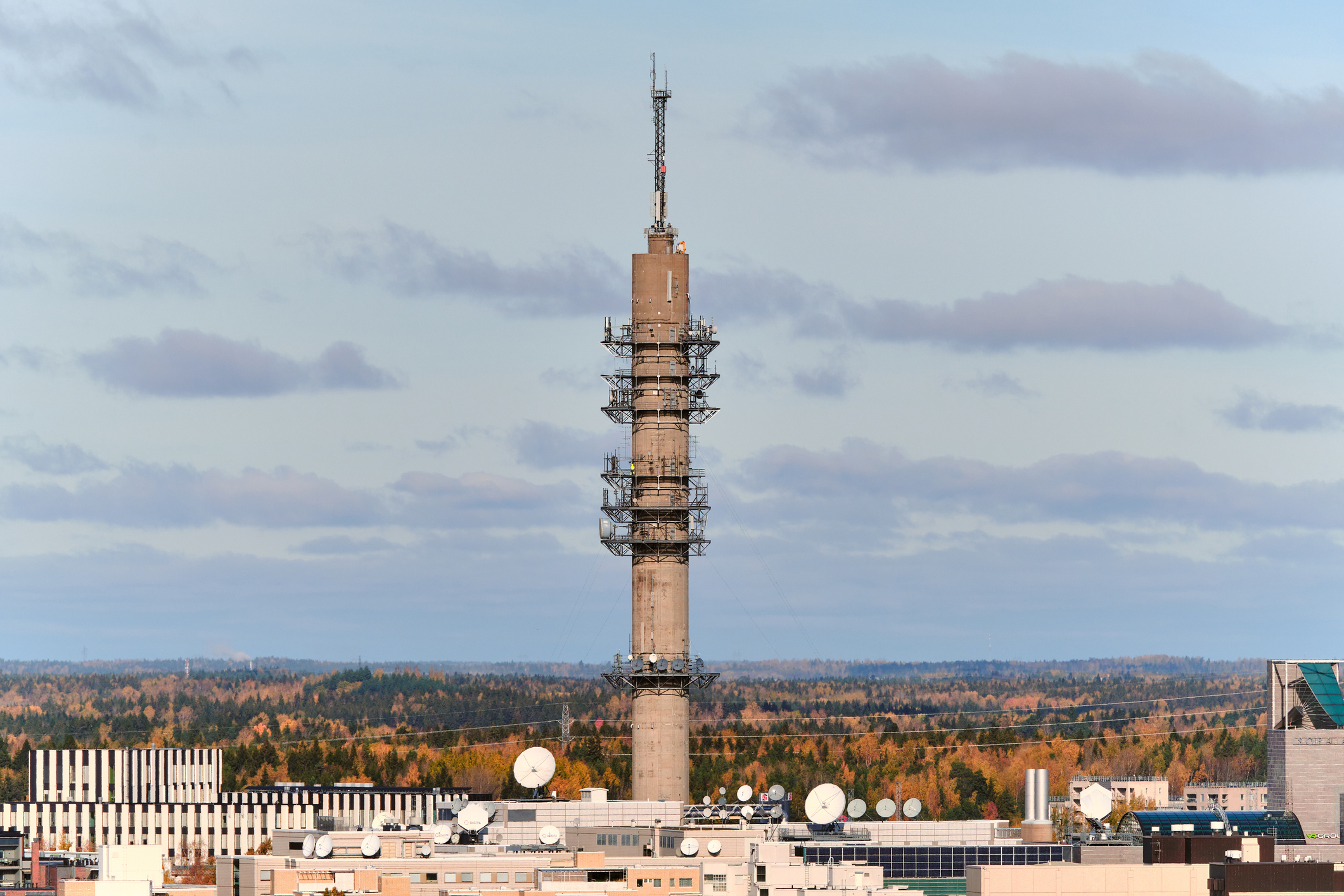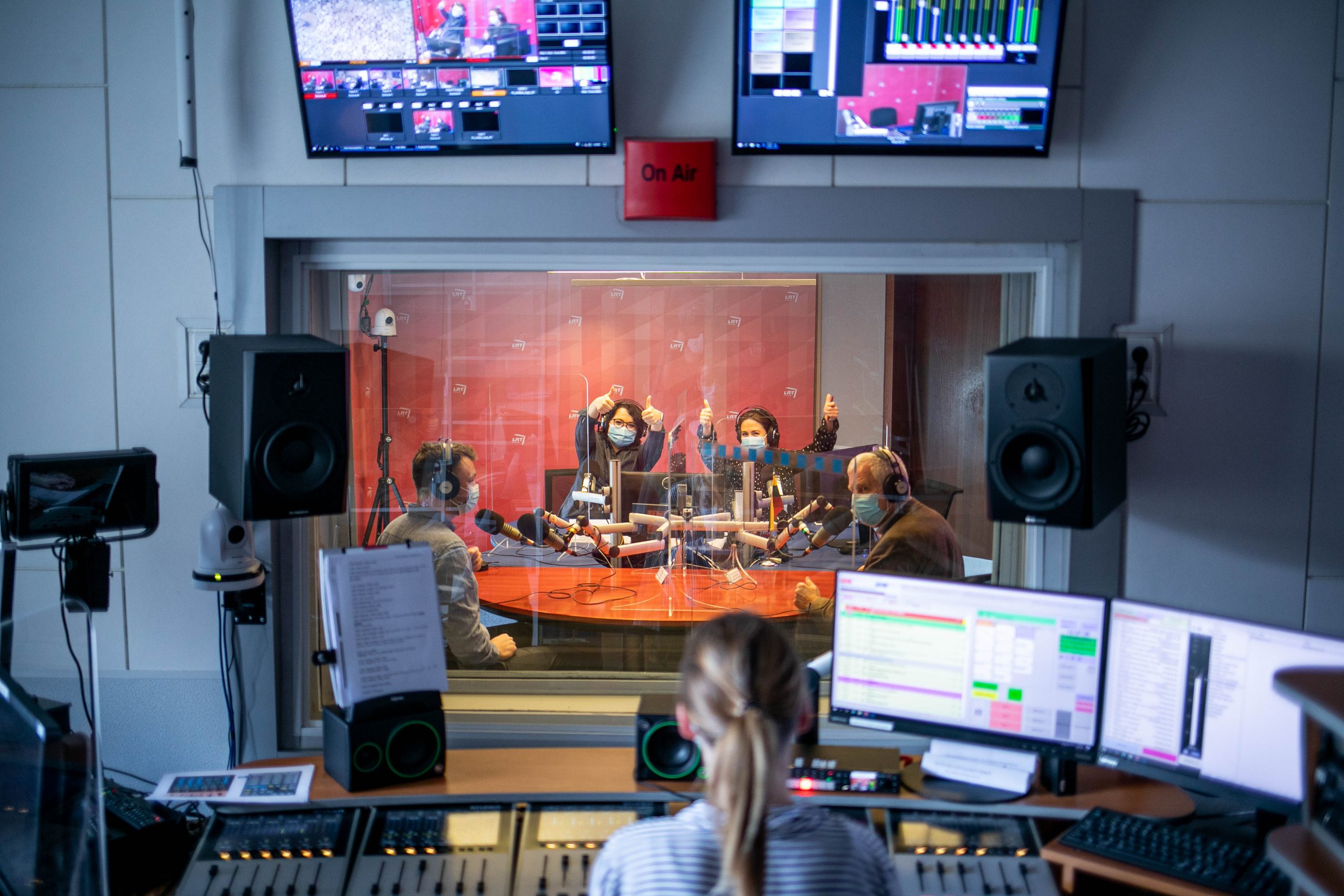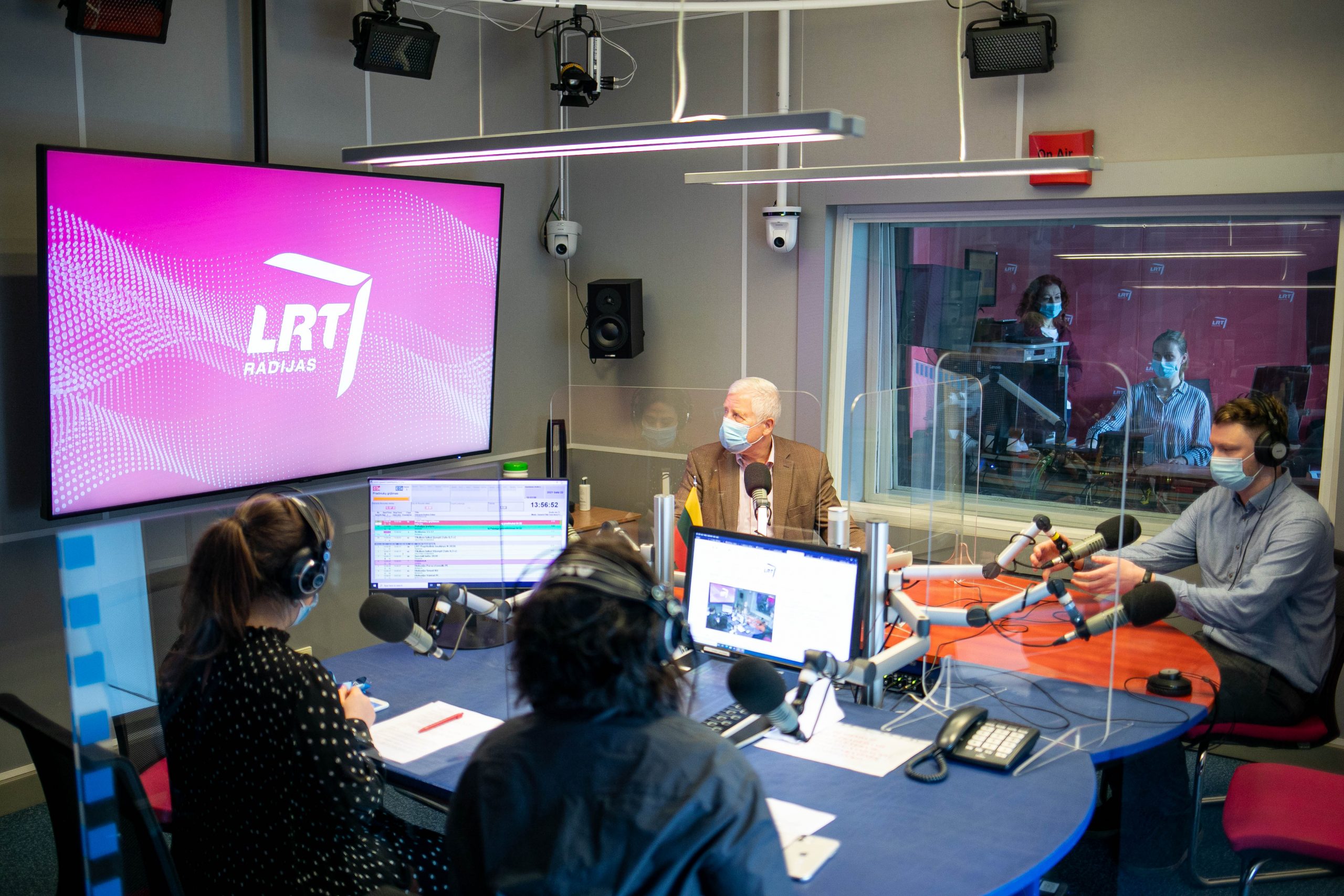INSIGHT
“Online is first”: how public media can use the digital age to become a market leader
19 May 2022
Following on from World Press Freedom Day on 3 May, which was based around “Journalism Under Digital Siege”, ERR’s Board Chair, Erik Roose, argues how the digital sphere is an opportunity for public media organisations to reach their audiences and be innovative industry leaders.
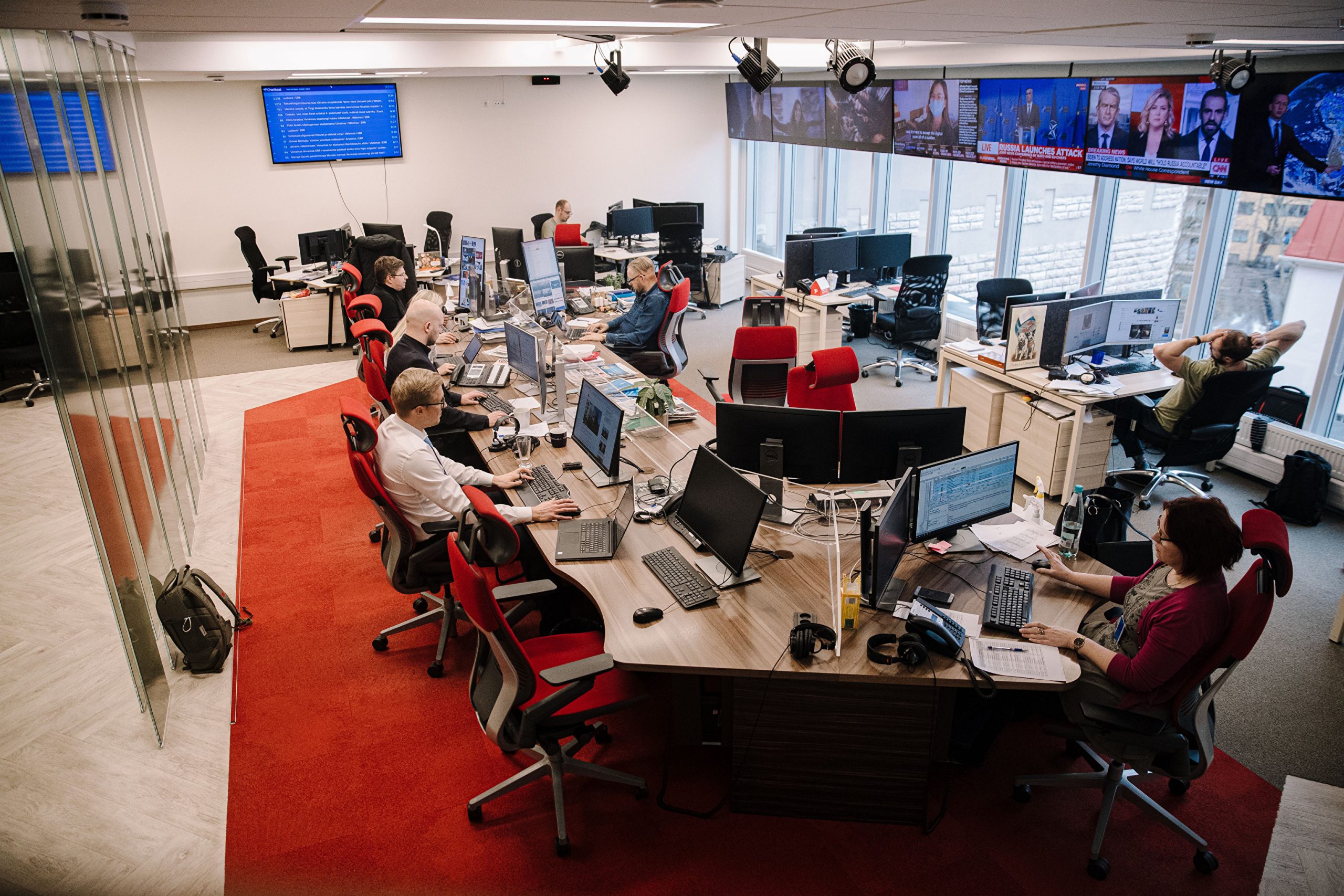
By Erik Roose, Chairman of the Board, Estonian Public Broadcasting (ERR)
Every media organization has two options to start with: first, to choose a direction or niche, be it ideological, thematic or even platform-based, and try to be as successful as possible. Or, secondly – and this should generally be the preference for public service broadcasting – to monitor developments in both society and media consumption and to try to keep up with them to the highest possible standard.
Estonian Public Broadcasting (ERR) has made this second choice – to reach as many of our people as possible with the best news and other programmes, regardless of age, mother tongue, political preferences or media behaviour.
While this may sound trivial, and perhaps many public service executives say the exact same thing, it gets more complicated at a time when your budget is very limited compared to similar organisations. So how do you justify this choice, and how do you do it in practice?
ERR has found that the only solution in this case is maximum synergy between different programmes and platforms, and at least in Estonia, consensus has been reached long ago that “online is first”.
“Estonian Public Broadcasting has made this … choice – to reach as many of our people as possible with the best news and other programmes, regardless of age, mother tongue, political preferences or media behaviour.”
It is through this lens that the launch of the Jupiter streaming programme (OTT), which took place exactly two years ago, must also be seen. Although the best-known foreign OTT Netflix does not publish its viewers’ information by country, there is reason to believe that our Jupiter is the most watched in Estonia.
But more important than the competition in the field of streaming, for which Estonia’s freer legislation is more suitable than that of many other countries, was again the fact that we not only provide OTT services, but in addition to new content, ERR has the experience of providing decades of video and audio content delivered to the consumer by the editors at the right time and in an appropriate volume.
And what is also crucial – the design and user experience (UX / user interface) must be intuitive and first-class. Otherwise, today’s media consumer, especially the younger generation, will give up the service and not return.
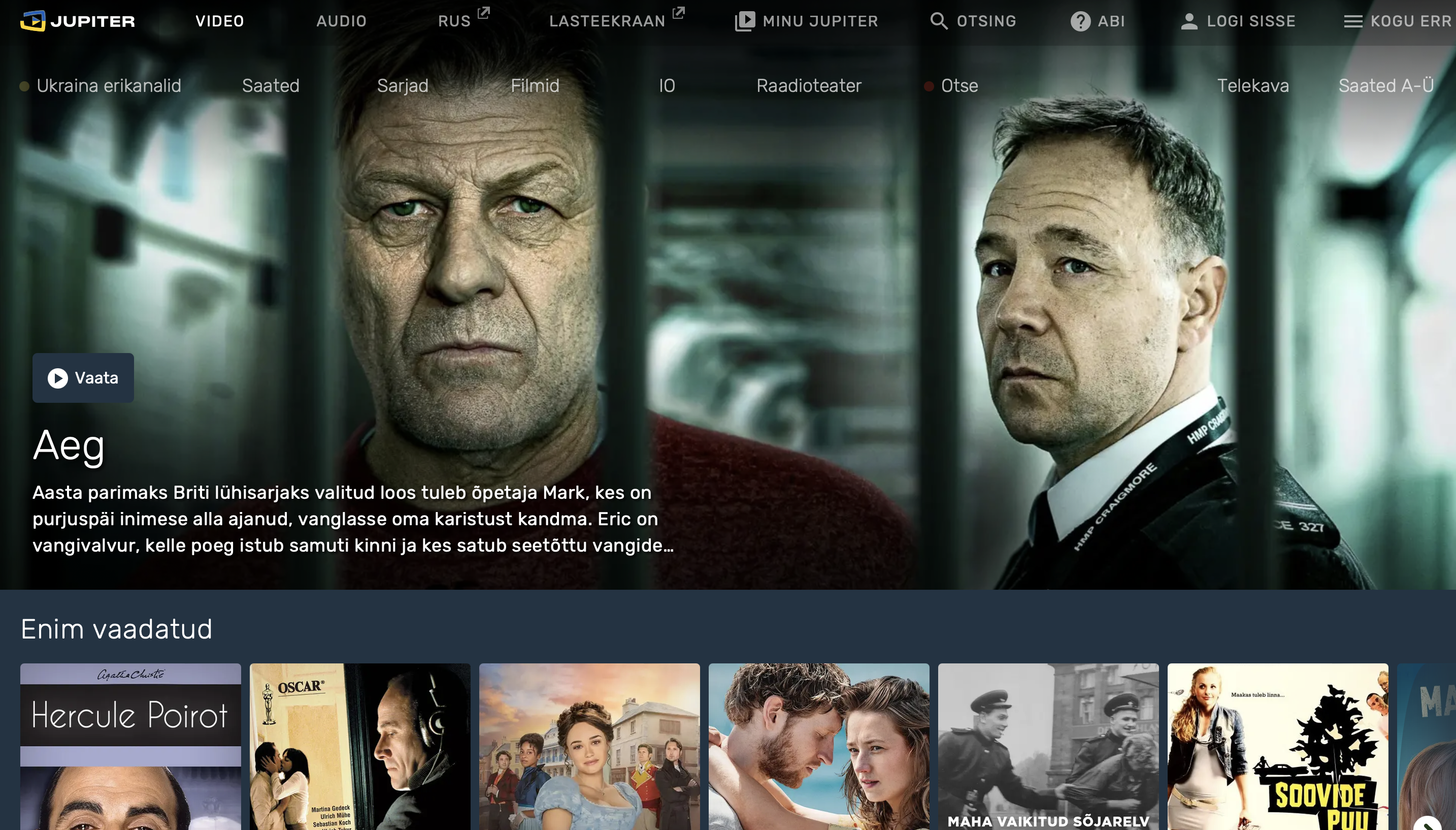
Going back to synergies, a combined TV, radio, and web-based news editor decides for each piece of news how it will be delivered across different platforms, considering the best possibilities of different media, so that it reaches the widest possible audience as quickly as possible. Of course, it is also very important to monitor the behavior of consumers in real time, as this allows you to maximize contacts on an ongoing basis and at the same time allow the organization to learn in practice (continuous improvement).
In order to reduce the pressure from the private media, we keep the share of entertainment rather modest. Despite the constant discussion about the boundaries of private and public media, which culminated in the Estonian Private Media Association’s complaint to the European Commission a year and a half ago, we have so far maintained a good balance in the media landscape.
Thanks to this, it is possible to maintain healthy competition, pluralism of opinions and mutual quality control. Therefore, I dare say that both media freedom and the health of the media system are one of the best in Europe in Estonia. The Global Media Freedom Index has been showing the same for many years.
Explore: Our Insights Archive
In addition, it is important that each programme manager has measurable goals (KPIs) that are common in the private media but not always used in public organizations.
Through various media surveys, we have a fairly good overview of our own and our competitors’ positions, but even more important is the comparison (benchmark) with our own previous period. Each programme manager must indicate once a year to the board what he or she intends to do in the next budget period to be better, more innovative, and whether he or she needs additional resources. The implementation of these plans is monitored throughout the year with the Management Board on a quarterly basis, with budgetary discipline and monitoring of KPIs. Most programme and department managers have a quarterly performance fee system to motivate them to stay on track.
In order to avoid the development of each programme separately, an innovation planning meeting is held twice a year, in which, in addition to the IT and development department, both the board and programme managers participate, prioritizing cross-programme as well as major innovation priorities. This format ensures that work is planned for development teams at the scale and pace available to them, and in order of importance. And what is also very important for leaders is to understand which programmes are on the table, at what stage they are, and why there are different developments across the house.
An additional advantage of the process is that duplication and additional costs are minimized. Thus, the technical, creative and fiscal aspects are realised in synergy.
The above-mentioned activities are also supported by market research, in-house analyses, journalistic quality control and day-to-day media monitoring through media ethics oversight by the ombudsman.
“All this and more creates the precondition and possibility that for the taxpayer’s money it is possible to provide a high-quality, innovative and world-class media service with user experience, which does not lag behind the efficiency of private media but often exceeds it.”
Of course, all of the above is only sustainable through maximum creative editorial freedom. This is supported by the organizational structure, where different areas are “curated” by different board members who have the role of major decision makers, but generally do not interfere in the day-to-day decisions of programme managers.
In fact, the same is expected when moving downwards – programme editors and project managers are also quite free within the budgets agreed in their decisions. This is the case in news, cultural, current affairs and entertainment programmes. This is also important, as otherwise there would be a risk that a fairly controlled system of governance and fiscal policy could kill the motivation to seek both much-needed creativity and much-needed journalistic truth.
All this and more creates the precondition and possibility that for the taxpayer’s money it is possible to provide a high-quality, innovative and world-class media service with user experience, which does not lag behind the efficiency of private media but often exceeds it.
And that could be the goal for all public services.

About the author
Erik Roose is the Chairman of the Board for Estonia Public Broadcasting (ERR)
Our thanks to Mr. Roose for providing this report.
Related Posts
11th March 2022
Finland: Law amendment imposes restrictions on Yle textual content
The Finnish Parliament has approved an…
15th February 2022
“Free society cannot exist without free media…” A round-up of the third Global Conference for Media Freedom in Estonia.
PMA CEO Sally-Ann Wilson reports from…
